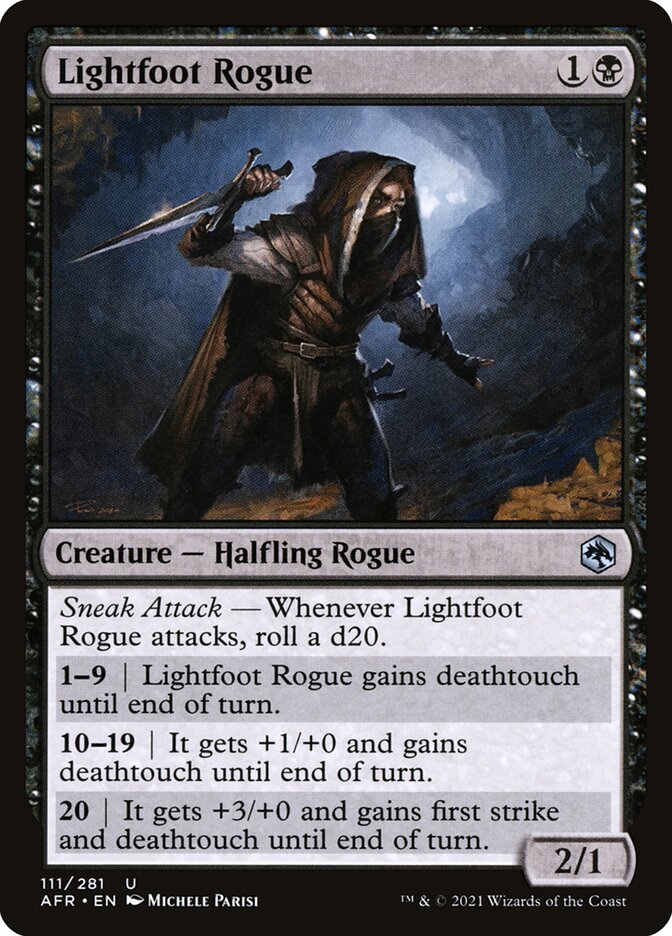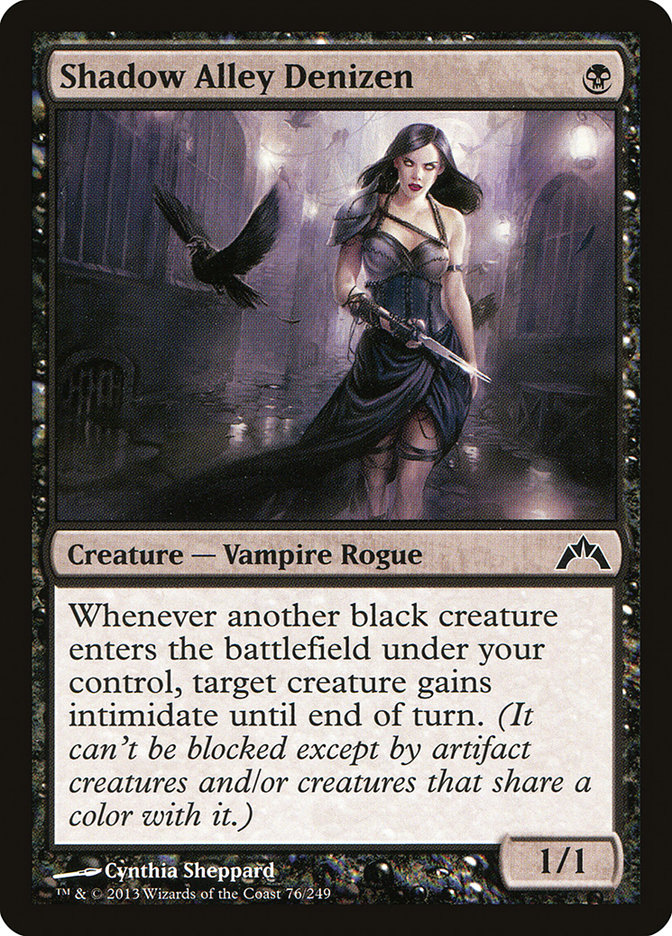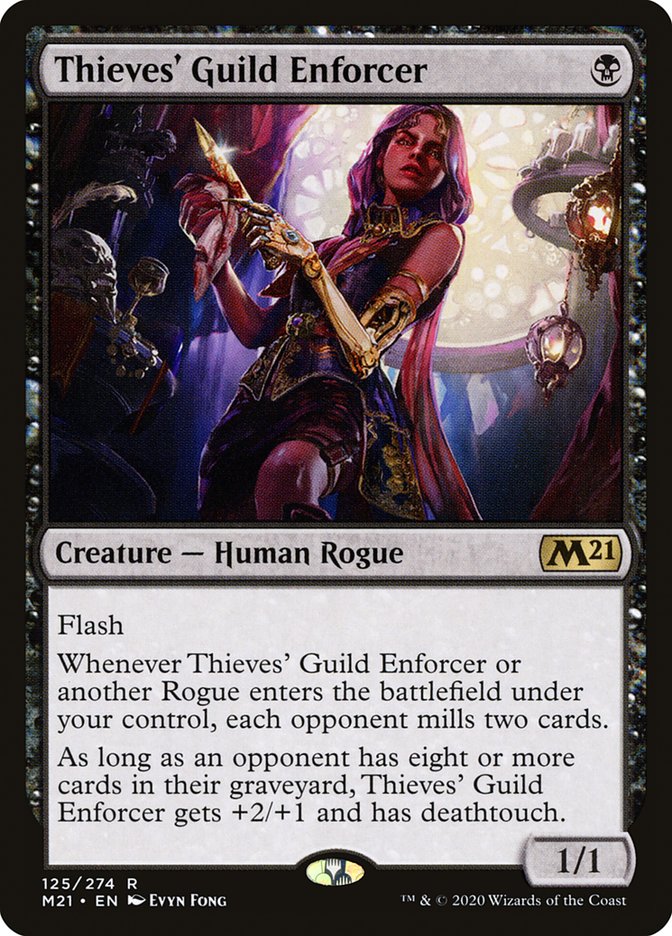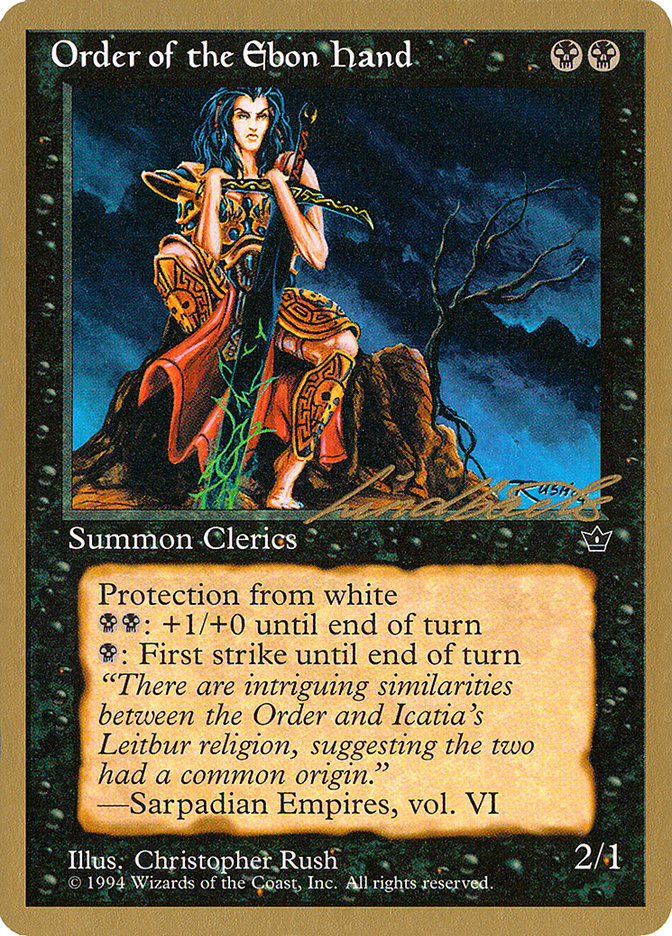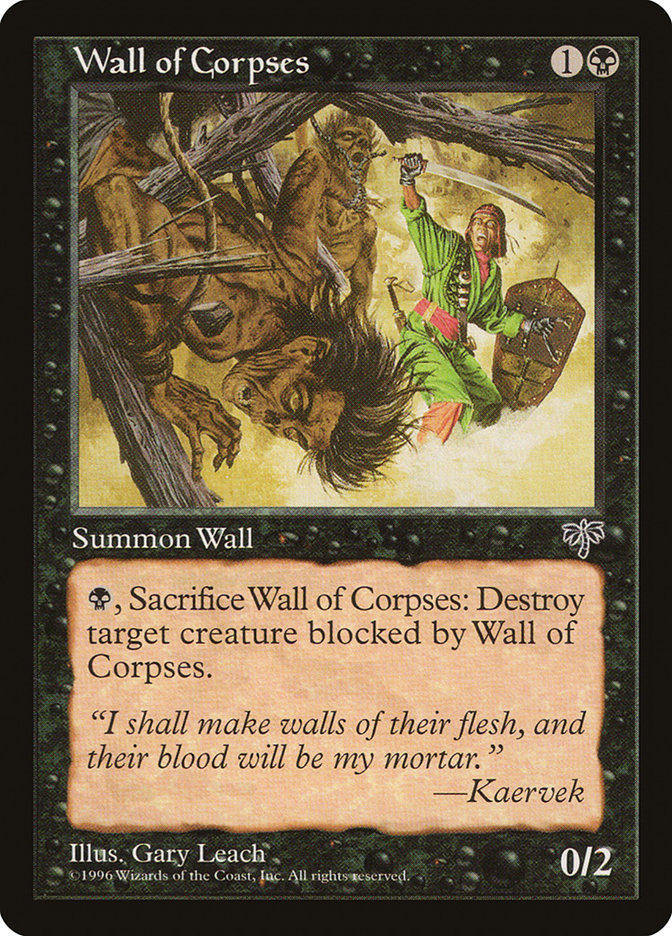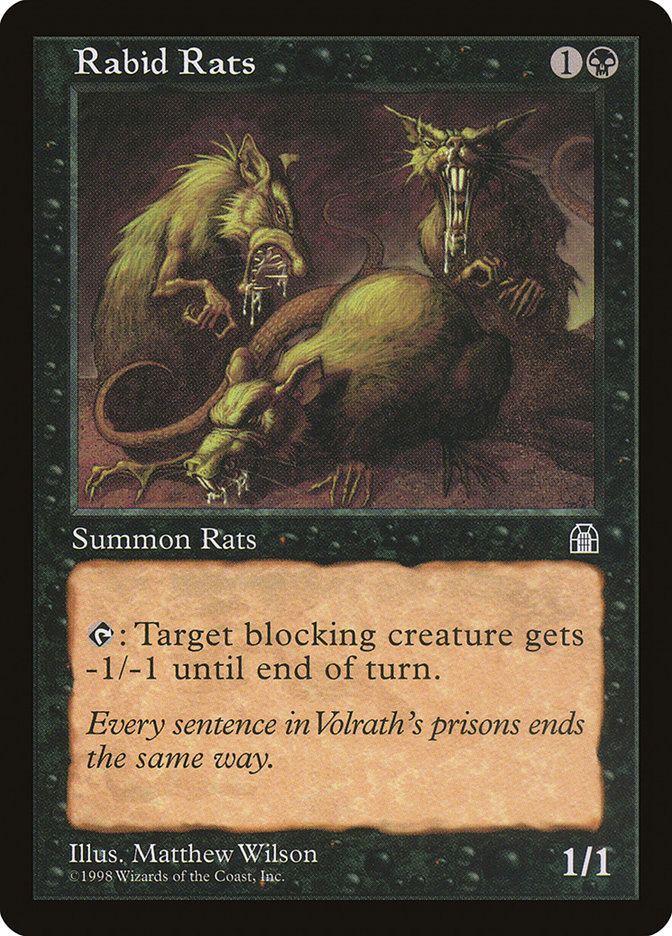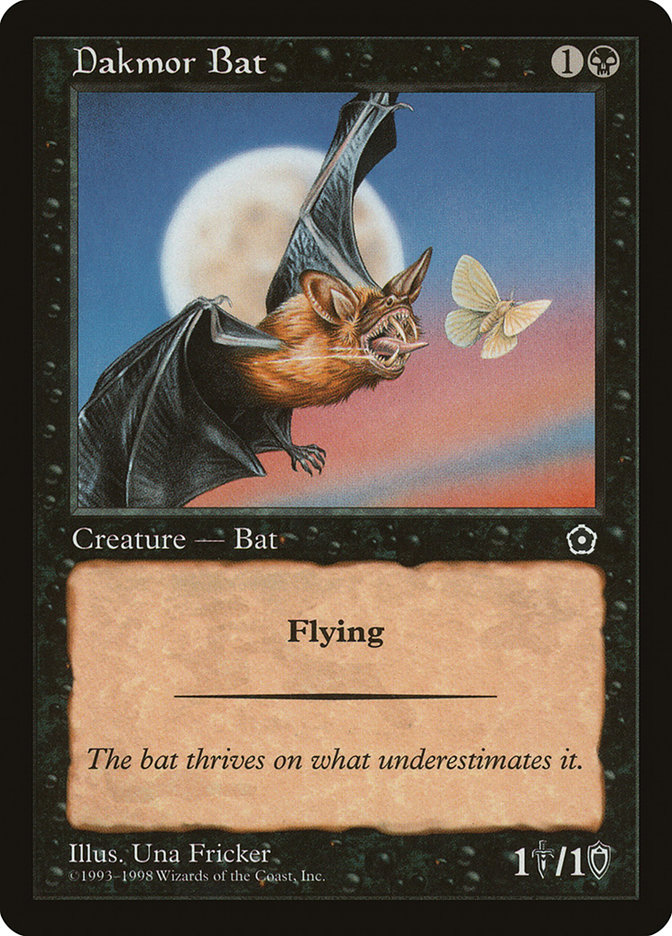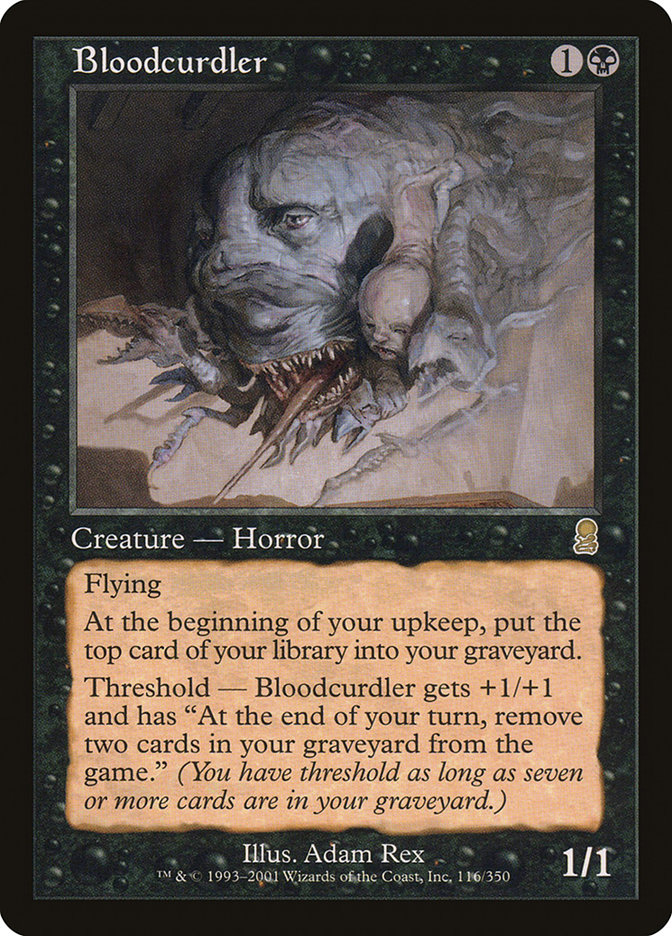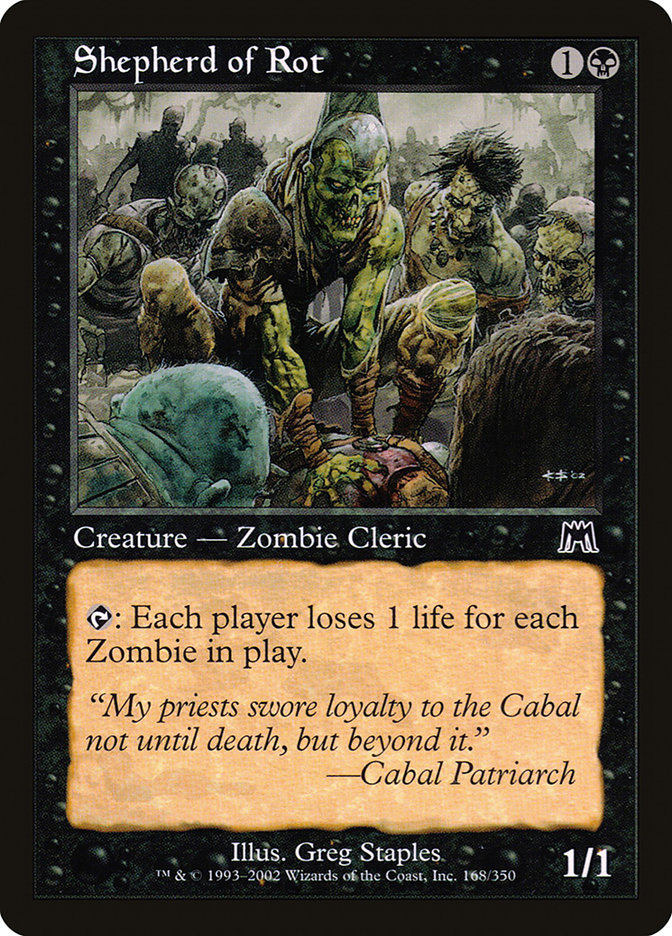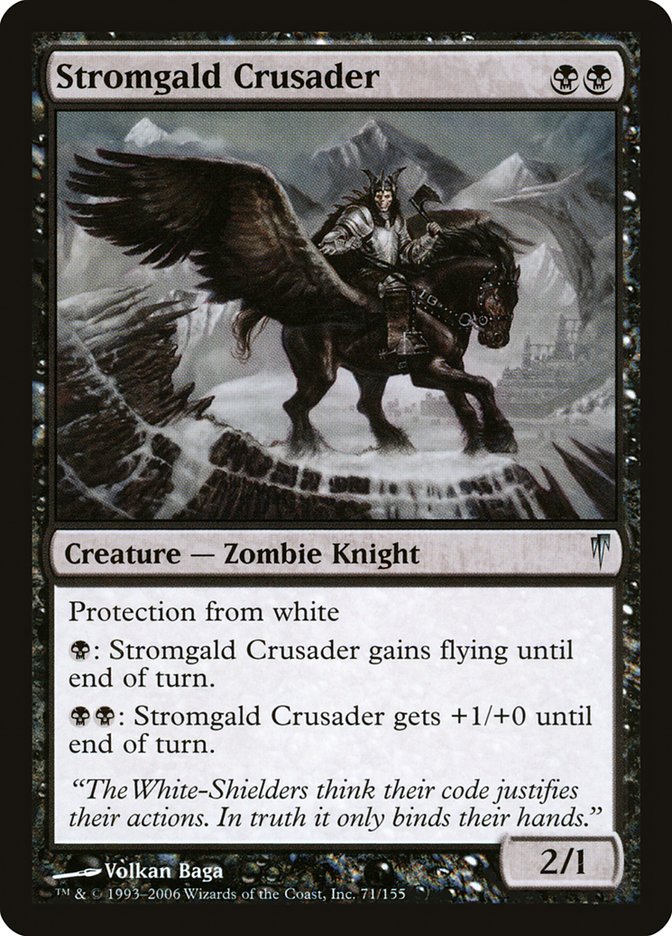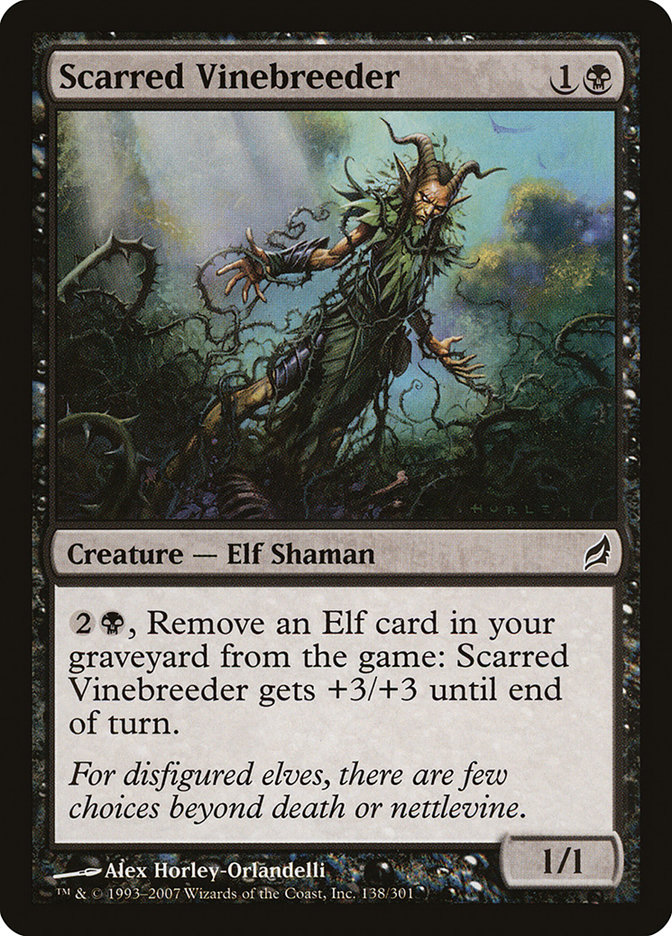Lightfoot Rogue MTG Card
| Mana cost | |
| Converted mana cost | 2 |
| Rarity | Uncommon |
| Type | Creature — Halfling Rogue |
| Released | 2021-07-23 |
| Set symbol | |
| Set name | Adventures in the Forgotten Realms |
| Set code | AFR |
| Power | 2 |
| Toughness | 1 |
| Number | 111 |
| Frame | 2015 |
| Layout | Normal |
| Border | Black |
| Illustred by | Michele Parisi |
Text of card
Sneak Attack — Whenever Lightfoot Rogue attacks, roll a d20. 1—9 | Lightfoot Rogue gains deathtouch until end of turn. 10—19 | It gets +1/+0 and gains deathtouch until end of turn. 20 | It gets +3/+0 and gains first strike and deathtouch until end of turn.
Cards like Lightfoot Rogue
Lightfoot Rogue from the realms of Magic: The Gathering brings intriguing dynamics as a creature card. When delving into the world of rogue creatures, we can draw parallels with Noggle Bandit. Both have the ability to be unblockable by creatures with power 2 or less, which can be pivotal for sneaking in that critical combat damage. Lightfoot Rogue, in particular, stands out with its dice-rolling mechanic that adds variability and potential for different combat outcomes.
Shadow Alley Denizen is another relative, offering a stealthy advantage by giving other black creatures you control an opportunity to slip past defenses when they enter the battlefield. However, it lacks the direct combat manipulation that the Lightfoot Rogue provides. Comparatively, Thieves’ Guild Enforcer makes a splash by growing stronger as more cards are added to the opponent’s graveyard, rewarding a long-term strategy versus the immediate tactical advantage of Lightfoot Rogue’s die roll feature.
Analyzing these adventurers, Lightfoot Rogue holds its own as a versatile and unpredictable option for MTG players who appreciate an element of chance and adaptability on the battlefield.
Cards similar to Lightfoot Rogue by color, type and mana cost
Card Pros
Card Advantage: Lightfoot Rogue’s unique ability can potentially sift through your deck with each combat, offering the chance to uncover key spells or lands to maintain an upper hand against opponents.
Resource Acceleration: While not a direct resource accelerator, the dexterity of this rogue can disrupt your adversary’s flow, indirectly preserving your resources by skewing combat outcomes in your favor.
Instant Speed: The agility of this card’s triggered ability aligns with the advantages of instant speed actions. Activating during the combat phase, it allows for strategic adjustments right in the thick of battle, keeping opponents guessing and adapting at a moment’s notice.
Card Cons
Discard Requirement: The playability of Lightfoot Rogue can be impeded by the need to discard a card to activate certain abilities. This could put players at a disadvantage, particularly when their hand is already running low on cards, stripping them of key strategies or resources.
Specific Mana Cost: Requiring a precise mana combination to cast, Lightfoot Rogue may not seamlessly fit into multi-colored decks. Its dependency on black mana restricts the variety of decks where it can be played effectively, limiting its versatility across different play styles.
Comparatively High Mana Cost: With an overall mana investment that could be seen as steep relative to its impact on the game, Lightfoot Rogue might not always be the optimal choice. Players might find other creatures or spells that provide a greater advantage or board presence for the same, or even lower, mana cost.
Reasons to Include Lightfoot Rogue in Your Collection
Versatility: Lightfoot Rogue brings a level of adaptability to your builds, fitting comfortably into rogue and dexterity-based decks. Its modular nature allows for impactful plays regardless of the board state, catering to an array of game plans and strategies.
Combo Potential: The card’s unique ability to roll dice complements synergies with other cards that benefit from randomness or additional combat phases. This potential creates dynamic and unexpected combinations that can tip the scales in your favor.
Meta-Relevance: Given its low casting cost and relevant creature types, Lightfoot Rogue aligns well with aggressive strategies that are prominent in certain metagames. Its ability to quickly deal damage or create advantageous situations can be a game-changer against slower, more controlling decks.
How to beat
Lightfoot Rogue, while stealthy and potent in combat, has its vulnerabilities that can be exploited in Magic: The Gathering. This elusive creature thrives on rolling dice to increase its power, potentially becoming a significant threat if left unchecked. To counter Lightfoot Rogue effectively, consider employing instant-speed removal spells that can be cast after the rogue’s abilities are triggered but before the combat damage step. This way, you can avoid the unpredictability of the dice and eliminate the threat immediately.
Spot removal spells can be a direct answer to Lightfoot Rogue. Consider Swift End or Heartless Act, which let you target and destroy the creature without engaging in combat. Additionally, mass removal spells like Wrath of God or Damnation can clear the board of Lightfoot Rogue along with any accompanying threats. Preventing dice-rolling benefits altogether is another strategy. Disabling abilities with cards like Phyrexian Revoker or preventing combat tricks altogether with Silent Arbiter can neutralize Lightfoot Rogue’s advantages. Strategic planning along with well-timed removal will keep this nimble adversary firmly in the shadows.
Where to buy
If you're looking to purchase Lightfoot Rogue MTG card by a specific set like Adventures in the Forgotten Realms, there are several reliable options to consider. One of the primary sources is your local game store, where you can often find booster packs, individual cards, and preconstructed decks from current and some past sets. They often offer the added benefit of a community where you can trade with other players.
For a broader inventory, particularly of older sets, online marketplaces like TCGPlayer, Card Kingdom and Card Market offer extensive selections and allow you to search for cards from specific sets. Larger e-commerce platforms like eBay and Amazon also have listings from various sellers, which can be a good place to look for sealed product and rare finds.
Additionally, Magic’s official site often has a store locator and retailer lists for finding Wizards of the Coast licensed products. Remember to check for authenticity and the condition of the cards when purchasing, especially from individual sellers on larger marketplaces.
Below is a list of some store websites where you can buy the Lightfoot Rogue and other MTG cards:
 BUY NOW
BUY NOW BurnMana is an official partner of TCGPlayer
- eBay
- Card Kingdom
- Card Market
- Star City Games
- CoolStuffInc
- MTG Mint Card
- Hareruya
- Troll and Toad
- ABU Games
- Card Hoarder Magic Online
- MTGO Traders Magic Online
See MTG Products
Legalities
Magic the Gathering formats where Lightfoot Rogue has restrictions
| Format | Legality |
|---|---|
| Historicbrawl | Legal |
| Historic | Legal |
| Legacy | Legal |
| Paupercommander | Restricted |
| Oathbreaker | Legal |
| Gladiator | Legal |
| Pioneer | Legal |
| Commander | Legal |
| Modern | Legal |
| Vintage | Legal |
| Duel | Legal |
| Explorer | Legal |
| Timeless | Legal |
Rules and information
The reference guide for Magic: The Gathering Lightfoot Rogue card rulings provides official rulings, any errata issued, as well as a record of all the functional modifications that have occurred.
| Date | Text |
|---|---|
| 2021-07-23 | An ability that tells you to roll a die will also specify what to do with the result of that roll. Most often, this is in the form of a “results table” in the card text. |
| 2021-07-23 | An effect that says “choose a target, then roll a d20” or similar still uses the normal process of putting an ability on the stack and resolving it. Choosing targets is part of putting the ability on the stack and rolling the d20 happens later, as the ability resolves. |
| 2021-07-23 | Dice are identified by the number of faces each one has. For example, a d20 is a twenty-sided die. |
| 2021-07-23 | Dice used must have equally likely outcomes and the roll must be fair. Although physical dice are recommended, digital substitutes are allowed, provided they have the same number of equally likely outcomes as specified in the original roll instruction. |
| 2021-07-23 | Some abilities, like that of Pixie Guide and Barbarian Class, replace rolling a die with rolling extra dice and ignoring the lowest roll. The ignored rolls are not considered for the effect that instructed you to roll a die, and do not cause abilities to trigger. For all intents and purposes, once you determine which dice count, any extra dice were never rolled. |
| 2021-07-23 | Some effects instruct you to roll again. This uses the same number and type of dice as the original roll, and that roll will use the same set of possible outcomes. |
| 2021-07-23 | Some effects may modify the result of a die roll. This may be part of the instruction to roll a die or it may come from other cards. Anything that references the “result” of a die roll is looking for the result after these modifications. Anything that is looking for the “natural result” is looking for the number shown on the face of the die before these modifications. |
| 2021-07-23 | The instruction to roll a die and the effect that occurs because of the result are all part of the same ability. Players do not get the chance to respond to the ability after knowing the result of the roll. |
| 2021-07-23 | Tournament events have more specific rules regarding dice and die-rolling. For more information, please see the most recent version of the Magic Tournament Rules at https://wpn.wizards.com/en/document/magic-gathering-tournament-rules. |
| 2021-07-23 | While playing Planechase, rolling the planar die will cause any ability that triggers whenever a player rolls one or more dice to trigger. However, any effect that refers to a numerical result will ignore the rolling of the planar die. |
